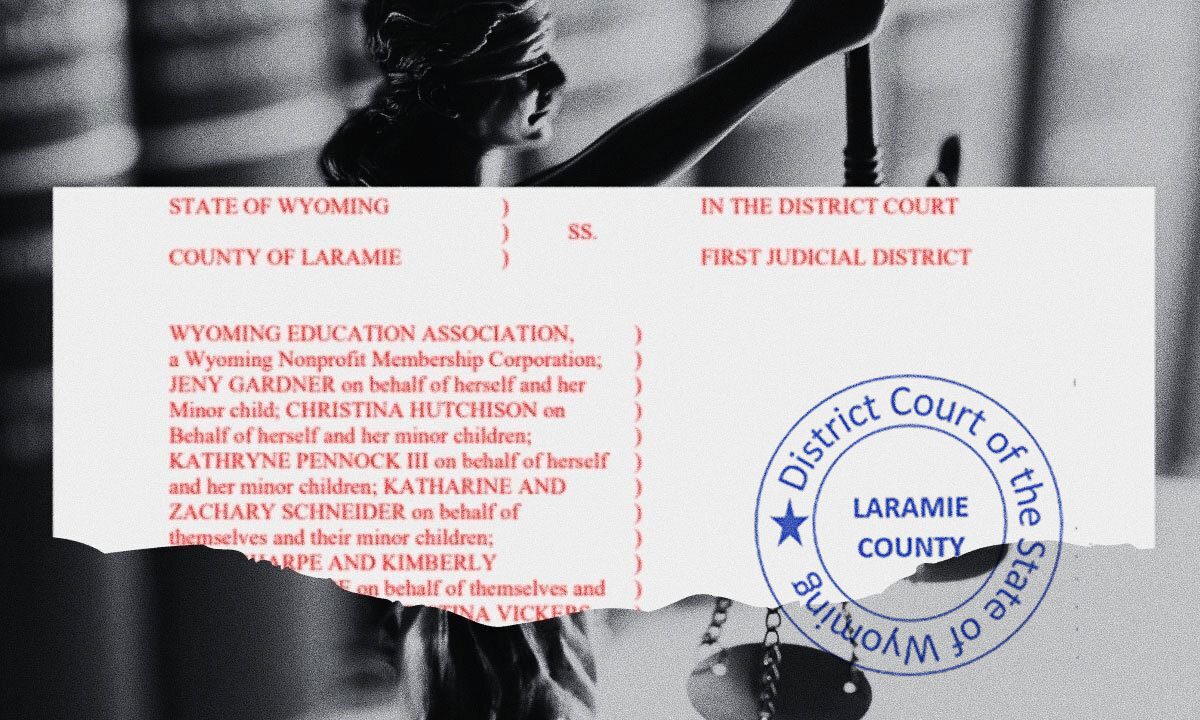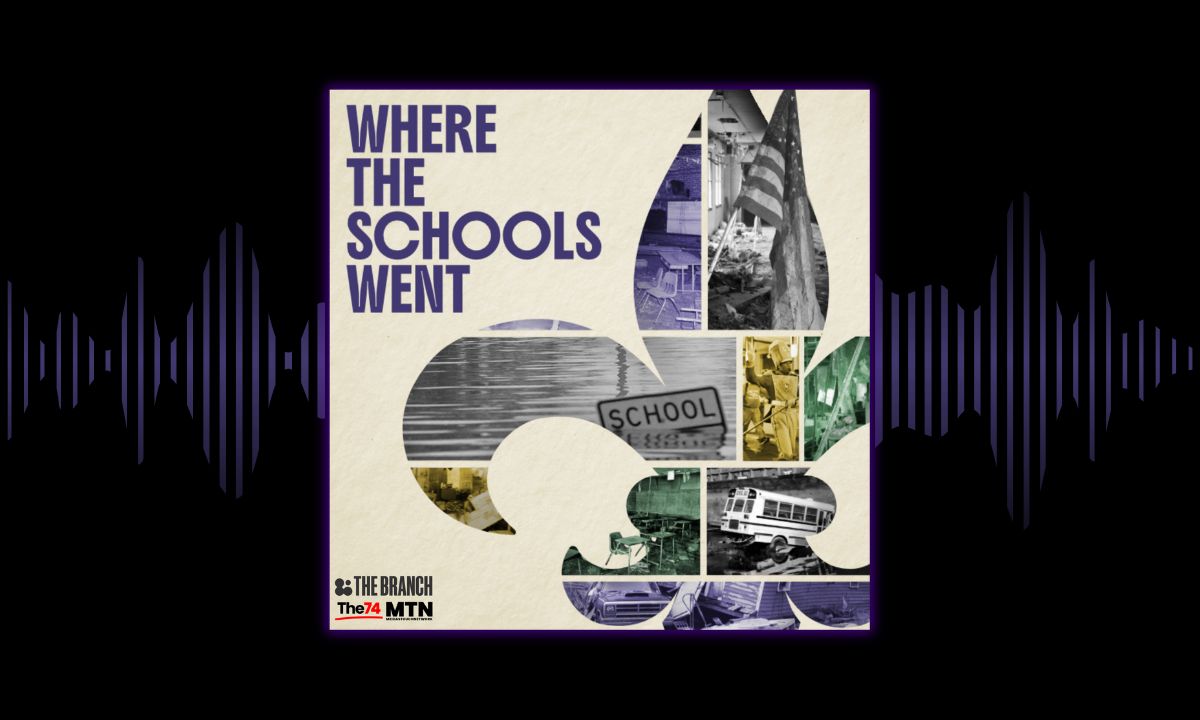With elementary and middle school lessons that are in line with the Common Core standards, Duolingo, a quick and simple learning software that has more than 128 million monthly active users worldwide, has moved into mathematics.
The Pittsburgh-based business is one of several that offer education for both adults and children, including Prodigy, Splash Learn, DragonBox, IXL, and Khan Academy Kids. However, the language phenomenon hopes that its wider appeal would enable it to make headway in a challenging environment.
According to Paul Darvasi, CEO and co-founder of Gold Bug Interactive, a Montreal-based business with over 15 years of experience developing educational games, Duolingo is undoubtedly late to the party, but their massive user base, well-known brand, and proficiency in UX design give them a distinct edge. In my opinion, arithmetic is frequently taught out of context. As they get older, students rarely understand how to apply the concepts and methods they have learned. I think math will be more effectively connected to the actual world through games and simulations.
The most popular language-learning program in the world, Duolingo, won’t reveal how many people use its math feature, which was introduced in August 2022, but company spokesperson Monica Earle claimed it’s in the millions. According to her, the developers of the application also hope that it will help reduce arithmetic anxiety, which is a regular occurrence in both adults and children.
The math resources available on Duolingo currently cover third grade through early middle school. According to Samantha Siegel, a software developer at the company who led the creation of the math course, it began with third graders due to the importance of the concepts taught at that school level.
According to Siegel, a lack of understanding of fractions might predict how well you will achieve in math throughout your academic career.
According to her, the organization helps students better understand subjects that could otherwise appear abstract by using real-world problems.
“You learn by doing,” she replied, referring to the implicit learning that we do a lot. We have created a novel and tried-and-true method of teaching and presenting it in an entertaining manner. Why don’t we apply this to other subjects ourselves?
For many years, math has been a challenge for American kids. A contentious set of academic standards known as the Common Core was introduced in 2010 with the goal of improving student comprehension and addressing disparities in the way the subject was taught across the country. Students, parents, and instructors all viewed it with a great deal of contempt.
Despite the mockery, Common Core math is still used in dozens of states and has come to represent academic rigor. However, American pupils still struggled in spite of the increased standards: Although there have been some bright spots in recent months, test scores have generally consistently behind.
The significance of the topic was only reaffirmed by a 2024 Urban Institute report. It was discovered that, in comparison to reading, raising math scores helps pupils receive greater long-term rewards, particularly in terms of incomes.
The benefits of game-based learning methods for this difficult subject are less clear, at least to some. Critics express concern about what they perceive to be Duolingo’s superficial approach.
Mathematician and Stanford University professor emeritus Keith Devlin is aware that learning nearly anything requires repeated practice and that interactive software, including video games, is a great way to keep people interested. However, he is less certain that these applications will produce mathematical thinkers.
The true query is whether playing games improves one’s capacity to tackle mathematical problems beyond the realm of fundamental knowledge. “The answer is no for most games,” he stated. They frequently do lead to a more positive attitude toward arithmetic among children, which is advantageous.
However, he claimed that they don’t instruct people on how to approach mathematical problems that call for a line of reasoning.
According to Darvasi of Gold Bug Interactive, their propensity to place an excessive amount of emphasis on rote practice or gamified repetition at the expense of mental depth is where they may fall short. Understanding math involves more than just speed and accuracy; it also involves reasoning, problem-solving, and making connections to real-world situations. Apps run the risk of promoting procedural knowledge without fostering deep comprehension if they don’t incorporate those higher experiences.
Darvasi added that if digital math instruction isn’t combined with group, discussion-based problem-solving, like in traditional classrooms, it might become alienating.
However, while evaluating the present internet offers from several companies, he stated that these are short-term impediments. Math instruction is becoming more interesting, relevant, and learner-specific thanks to the newest adaptive learning tools, well-considered game design, and technology that can create new obstacles on the fly.
According to spokeswoman Earle, students who find the topic difficult as well as those who find it enjoyable enough to practice it for fun are the target audience for Duolingo Math. Users are encouraged as they go through the math problems with the aid of cartoon characters and vibrant images.
Approximately 90% of users have free access to Duolingo, which also offers programs on its website. Others purchase Super Duolingo, which forgoes advertisements and permits limitless practice, for $12.99 a month or $95.99 annually. The second level, Duolingo Max, offers improved conversation features driven by generative AI and costs $29.99 per month or $167.99 annually.
Despite considerable customer backlash about the language learning tool’s limitations and a recent dispute over the extent to which artificial intelligence will influence the product, Duolingo reported second-quarter earnings for 2025 of $252.3 million, up from $178.3 million the previous year.
According to Nicole Paxton, principal of Colorado Springs’ Mountain Vista Community School, her institution uses Great Minds’ teacher-led, concept-focused Math Catalyst program. According to her, it is an organized collection of mini-lessons and practice exercises that fill in certain learning gaps and foster strong mathematical thinking rather than a computer-based game.
A tool like Duolingo Math would be useful for practicing facts and fluency at home, but it wouldn’t take the place of the purposeful, standards-based coaching that students get from Math Catalyst, according to Paxton.
According to Earle, each lesson can be customized through the use of machine learning. When it finds a gap in the pupils’ comprehension, it will keep giving them these similar issues until they figure them out.
However, software developer Siegel stated that the venture’s primary goal is to make arithmetic enjoyable.
She claimed that Duolingo is quite entertaining. Our bread and butter is that.










